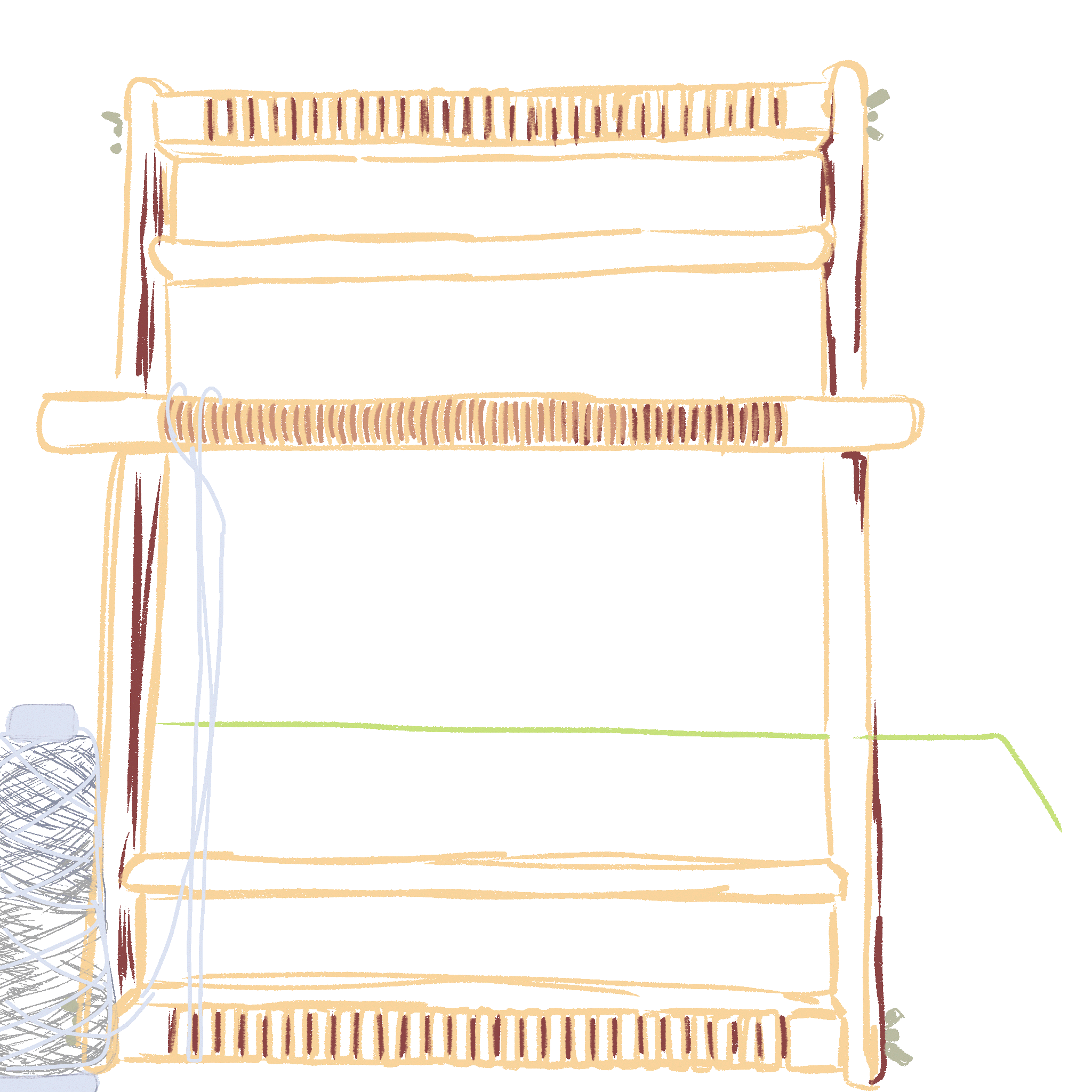phonics for synaesthetes
is an ongoing artistic-research practice
was exhibited at Kunstlerhaus Wien in 2023
Synaesthesia is a neurological condition that causes an individual to know certain stimuli to have certain forms, colours, flavours and/or sounds, but how inherently subjective, objective, or arbitrary can these associations be?
Colour is symbolic, often socially-coded1, and although it is widely accepted that human visual perception differs depending on individual cone cells in the retina, we all agree that green is green, and the grass is green, and blue is blue and the sky is blue, we agree that the sky is not green and the grass is also, not blue. We agree even though we likely do not see the same colours, in fact, our individual eyes see slightly different colours.
Poured through a sieve of subjectivity,/phonics for synaesthetes/ favours non-verbal communication by unlearning and relearning language and the written word through colour and gestural form. The installation, which borrows its title from Nelson Henricks and Joan Mitchell, comprises a video, ciphers, and paintings on handwoven canvas and handmade paper.
After studying my experience with synaesthesia, I’ve come to realise that I perceive phonemes, not just graphemes themselves, but the phonon, the collective excitation, or the vibration, or soundwave, as having dynamic, pulsing colour and form. Representing them is always an approximation, it is always subjective; it doesn’t matter2.
The department of Art & Science’s annual theme, crystallisation, was an invitation for me to focus on paint-making, or how pigment is held in crystals and crystalline biological structures. But as colour is the result of the reflection of light from the surface of an element, and it is rarely a structure held in plant-matter, I chose to create an inventory of the store-bought art supplies I still use (Cipher III) and create two paintings by experimenting with dying white egg shells with food waste (in this instance, coffee and brick dust).

Video projection and digital drawing, oil and chalk pastels, aqua dispersions, watercolour, pencil crayons, graphite, coffee, brick, eggshell and gum arabic on handmade cotton paper and canvas with wood and metal supports.
elements:
[drawing] Cipher I (Grapheme-colour-dye)
[drawing] Cipher II (Phonics: grapheme-phoneme-gesture code)
[drawing] Cipher III (Material-colour inventory)
[video] don’t you like the x of y (After Joan Mitchell and Nelson Henricks)
[painting-sculpture] wood, wind, no tuba (After Joan Mitchell’s - 1980)
Photos by Gerda Fischbach and Jorit Aust
-> exhibited part of Licking Structures at Künstlerhaus Wien, June 2023.
The two paintings included in /phonics for synaesthetes/ take their name from Joan Mitchell’s 1980 painting, /wood, wind, no tuba/. Originally I had planned for this to be a monochromatic painting that
isolates the graphemes and sounds which are shades of brown (D, G and N) and other phonemes that glow, are yellowish or otherwise transparent (A, E, H, O, L), but I chose to focus instead on reflecting my access to materials by mixing bought, gifted and self-made paints.
The colours and forms overlayed on the canvas /shroud/ in don’t you like the x of y (video) map the gestures that arise from these phonons. When I move with the shroud, I make a gesture while modulating my voice to a letter (pronouncing it in English but not saying it’s “use name” like not the letter A but ‘ah’ for example - I see the pronunciation as the “true name” - to quote Felix Flicker / Ursula K. Leguin). These processes are captured in ciphers I and II.
-
1 Pink blur burgundy red indigo light blue light blue purplegrey navy blue blur yellow indigo pink, clear dark green bright green grey warm brown light blue blur pink indigo yellow ochre blur - pink blur dull brown grey dull brown
2 in that it doesn’t materialise well at all actually - but I am still trying to get as close as I can to it.
